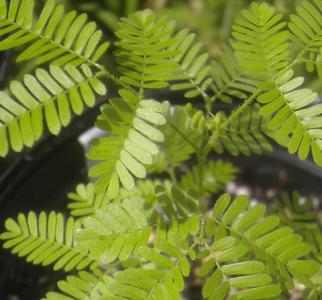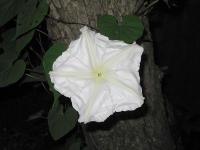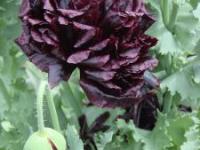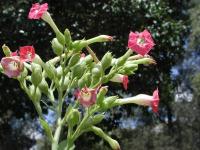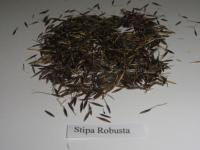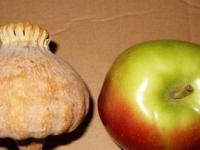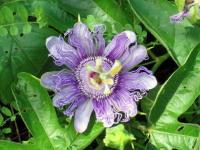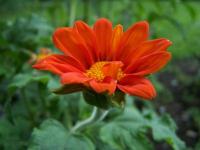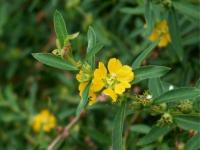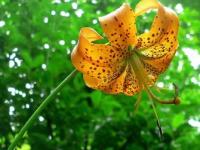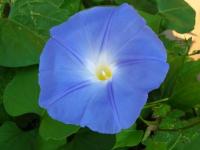Mimosa Verrucosa (Jurema Branca)
10 seeds
*Also offering MIMOSA HOSTILIS, COFFEE, Wormwood, KLIP DAGGA,
Authentic T. Peruvianus, SAN PEDRO CACTUS and much more!!
Check out my other Items!
We are proud to offer fresh wild crafted seeds imported directly form Brazil.
Mimosa Hostilis is an attractive perennial shrub that is native to Brazil, but which can also be found as far up as southern Mexico. Particularly in Mexico, M. Hostilis may also be known as M. Tenuiflora.. Hostilis grows upright and has a fern-like quality characterized by branching stems covered with tiny leaflets. The larger branches are woody and thorned. It can reportedly reach up to thirty feet in height and will produce white, fragrant flowers with maturity. InMexico, it is valued as a hair and skin care product. It is used for rejuvenation and to treat skin conditions and burns. The root bark is a purplish red and is reportedly used as a dye. It was also an ingredient in the traditional brews made by various Amazonian tribes, such as those of the Atikum and Truká tribes, for their spiritual ceremonial rituals.
http://en.wikipedia.org/wiki/Mimosa_verrucosa
Growing Information:
Mimosa seeds have a hard outer seed coat that prevents the seeds from germinating easily on their own. To soften the seed coat, simply heat some water so that it’s hot but not boiling. Soak the seeds in this water for at least twenty minutes. If the water cools during this time it may be beneficial to exchange it with some more hot water. Some growers will actually nick the seed coat prior to soaking for better penetration. The soaked seeds should then be planted in moist well-draining soil just below the surface (about 1/8” deep). Bottom heat can be applied if desired. Many mimosoid plants will require nitrogen-fixing bacteria for optimal growth. Otherwise, they may be prone to damping off following germination. The bacteria help convert nitrogen into ammonia. Using soil along with bits of roots from an area where other mimosoid plants grow will introduce the necessary bacteria. This is more suited for outdoor growing because the dirt may also contain pests that you’d want to avoid bringing indoors. Another method that growers use is planting legumes such as a pea in the soil along with the mimosa plants. After the pea’s roots have developed, they chop it off at the soil level leaving the roots behind. Hostilis, being from a tropical environment cannot survive freezing. It should be given plenty of root space, adequate drainage, good light and regular fertilization with a fertilizer high in nitrogen. Special humidity is usually not usually as important as these other factors.
International buyers must assume all responsibility for arrival of all items. We cannot replace lost items. You will be required to confirm that you agree to these terms before items can be sent.
- Brand WSF

Item is shipped out within 3 business days.
Exchanges are accepted but not returns.
